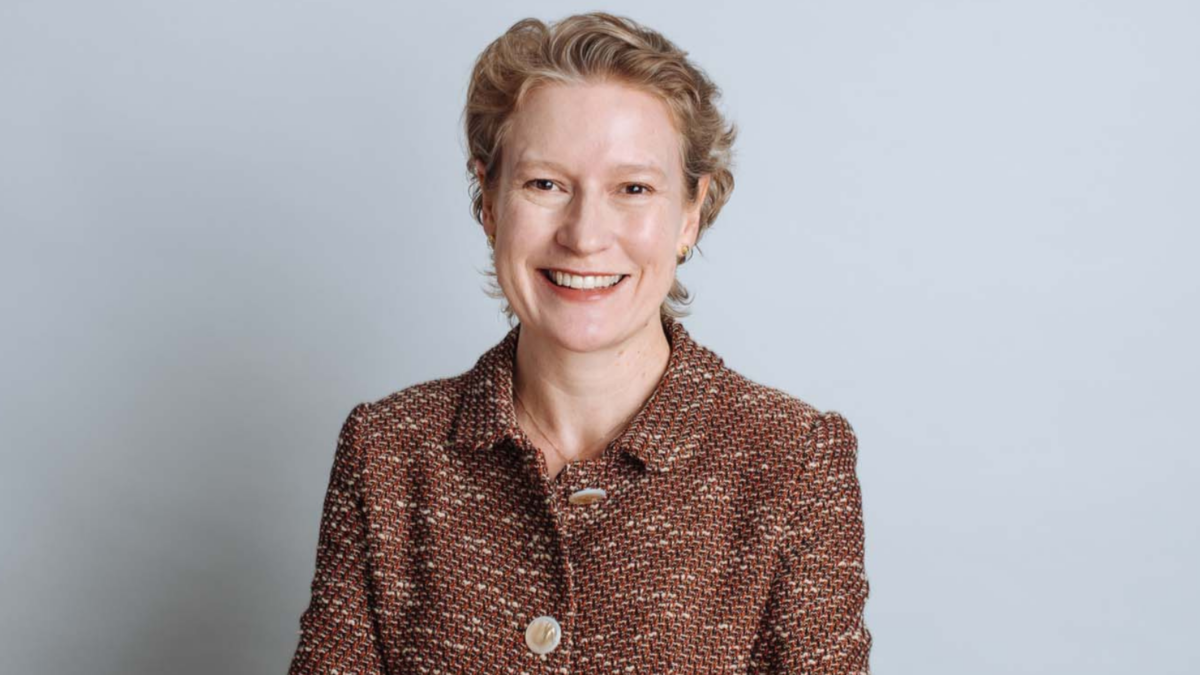… and how psychology can improve savings
(Pictured: Fergal McGuinness)
A study by the Stanford Center on Longevity and Mercer in the US has shown that various psychological tricks, such as showing someone a digitalized photo of themselves as an older person, can improve savings rates.
Researchers associated with the Stanford Center have been looking at ways to strengthen the “emotional connection” people have with their future self. They had established that when people thought about their future selves the neural patterns that were activated in their brains were, surprisingly, the same as when they thought about a stranger.
As a means of trying to counter that effect, the researchers conducted a series of experiments that gave some participants the opportunity to interact with 3-D avatars of their aged selves. Others were simply shown photographic renderings of their older selves.
By doing so the researchers were able to demonstrate that the participants who had viewed their future selves were more willing to increase the amounts they would save for retirement. In one version of the studies, people who had viewed an aged-enhanced photo of themselves were willing to put an average of 6.8 per cent of their salary into a 401(k) plan while those in the control group, who had not seen such a photo, were willing to put away an average of only 5.2 per cent. Another study showed a differential of 6.2 per cent for those who saw their older selves compared with 4.4 per cent for those who hadn’t.
(If you want to see the you that you are likely to become, go to MerrillEdge.com, a Merrill Lynch website, to try it out. Here’s the link:
http://faceretirement.merrilledge.com)
Steve Vernon of the Stanford Center and Fergal McGuinness, global defined contributions leader at Mercer, say in a report on the research that a common explanation for insufficient savings is the notion of “hyperbolic discounting”, whereby people place more value on money spent today than deferring the spending into the future.
They say: “One can argue that the way plan sponsors are presenting information to their participants
 is actually compounding this problem. It is difficult for participants to imagine what their 401(k) account balances might convert into 
in terms of a retirement income. Even those forward-thinking sponsors who provide income projections are likely to find that presenting income numbers alone will not change savings behavior. Few participants find it easy to imagine their future selves and circumstances or – in language a psychologist would use- establish an emotional connection to their future selves.”









